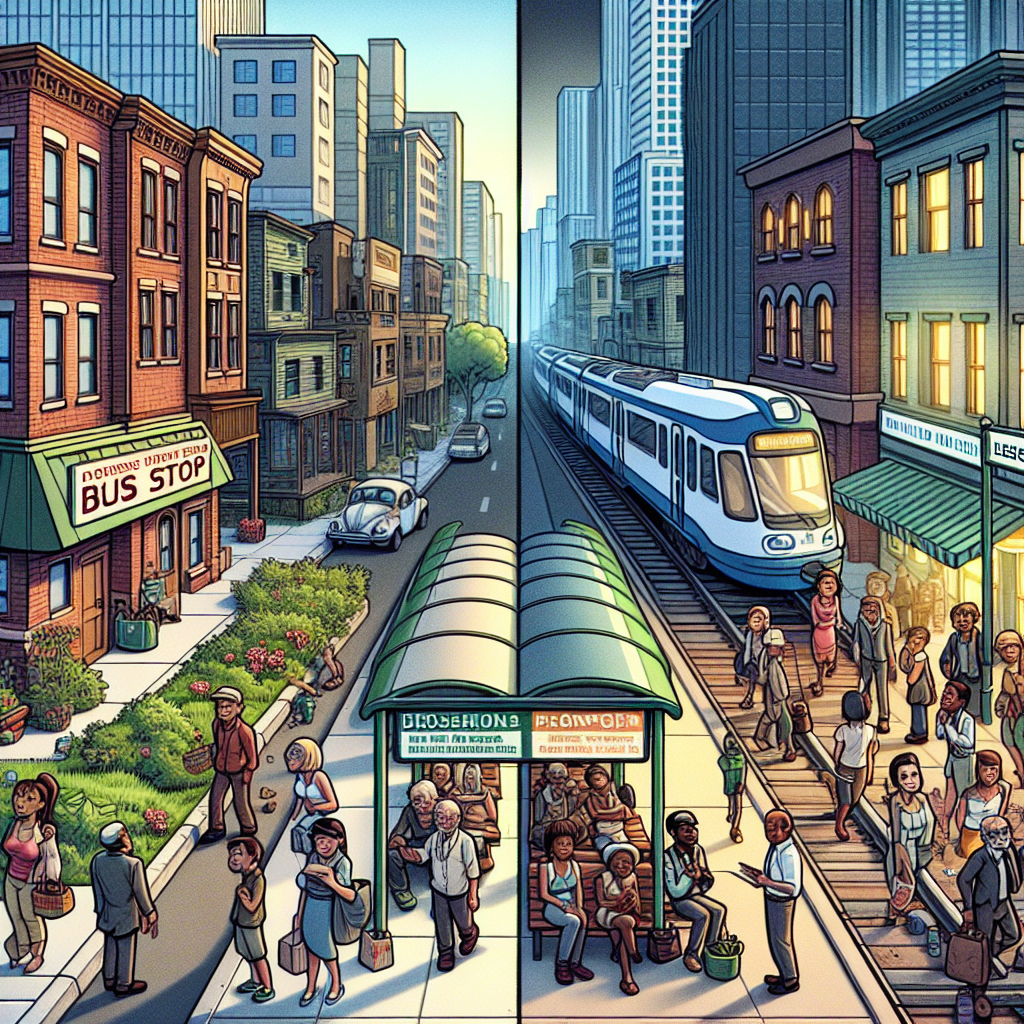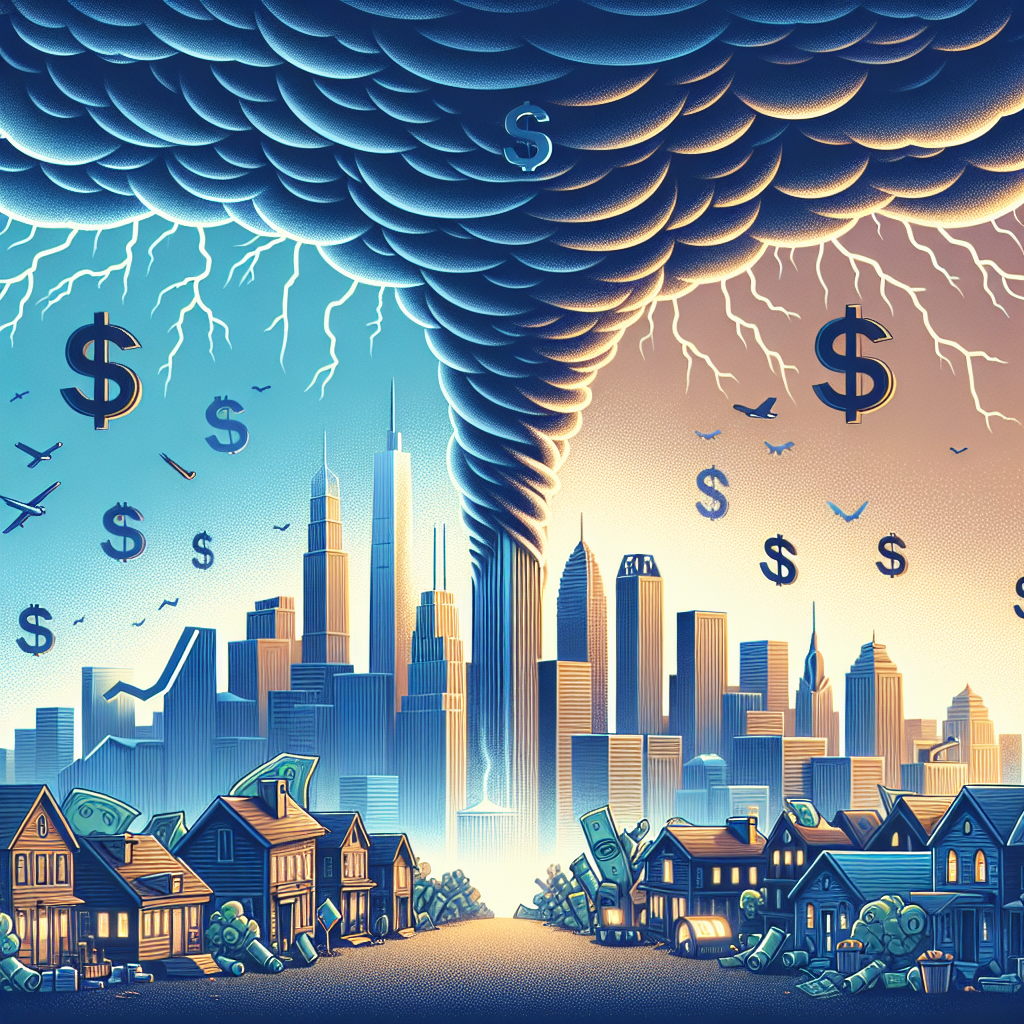A culture-shattering development has swept across our society which stands to dramatically affect our nation’s transportation sector – income inequality. The seemingly unrelated fields have intertwined in an alarming tapestry of implications for our roads, skies, and rails. In what we can call nothing short of ‘The Perfect Storm’, those with most at stake might be those who least expect it: everyday commuters.
Since the advent of mass transit systems during the Industrial Revolution, accessibility to reliable transportation has been viewed as an equalizer among different social classes. However, with income disparity reaching unprecedented levels in recent decades, this societal pillar is showing signs of serious strain.
The social context that defines today’s transport infrastructure is one loaded with disparities between lower-income communities and their higher-earning counterparts. Public transit options disproportionately serve affluent areas while neglecting economically disadvantaged neighborhoods – often those most reliant upon these services.

This generational impact echoes through time; entire communities left isolated due to inadequate public transport options face limited economic opportunities causing systemic poverty cycles spanning generations.
Media representations often paint a skewed picture focusing predominantly on advancements like autonomous cars or electric vehicles accessible only by wealthier strata contributing further to societal divisions.
The broader trend suggests that as wealth continues to concentrate at the top, transportation networks catering solely to affluent groups will become increasingly prevalent while those geared towards lower-income riders deteriorate – leading us inexorably towards our ‘Perfect Storm’.
A call to action resounds loud and clear: policymakers need to urgently look beyond traditional transport policy domains, rooting out socio-economic disparities strangulating efficient public transportation ecosystems only then can we steer clear of this brewing storm!

